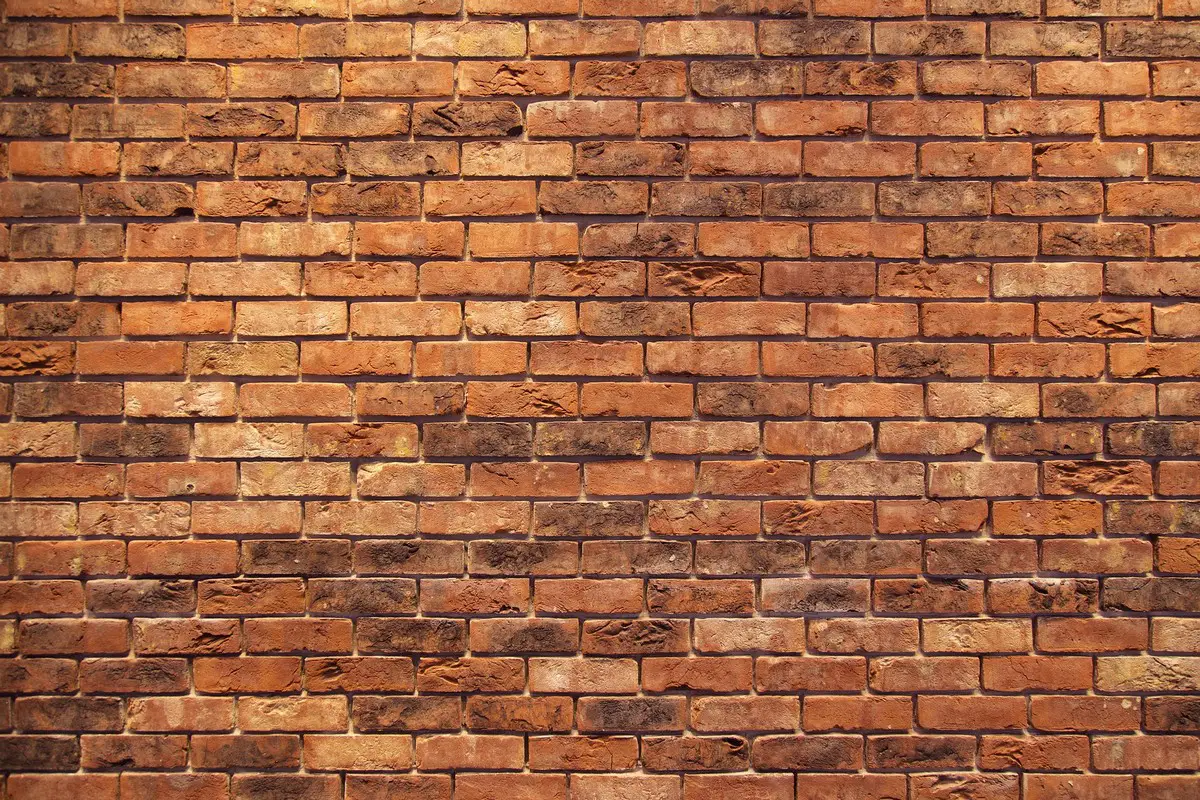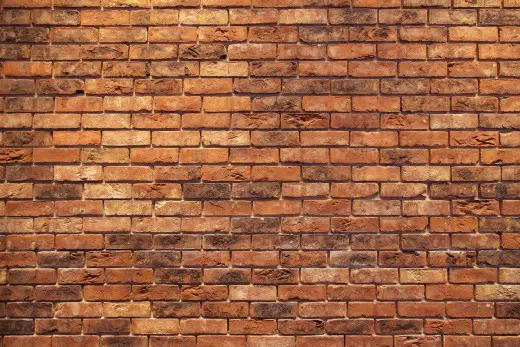Original brick features restoration, Historic building facade refurbishment, Property renewal tips
Guide to Restoring Original Brick Features Tips
post updated 4 May 2024
For thousands of years, people have been building things out of brick and mortar. It’s a method that’s cheap, reliable, and which gets fantastic results – at least, for the first few years. After a time, however, even the most well-constructed brick-and-mortar structure will begin to look a little bit lacklustre. The elements take their toll, and the result is discoloration, crumbling around the edges, and general shabbiness.
To correct this, the occasional bit of restoration is sometimes necessary. But exactly how should this be done? Get it wrong, and you’re likely to ruin the look of the entire building. The brickwork might be cleaned too enthusiastically, robbing the wall of its appealing patina.
20 August 2020
Restoring Original Brick Features Guide
Whenever you’re working with brick, it’s worth taking the time to bring in the right tools. This might include researching appropriate drill bits – this guide from SGS is a great place to start.
Matching the Mortar
If you’re putting in new mortar, then it’s vital that the replacement is a good match for what was there before. Not only will a poor match look wrong, but it might inflict damage on the surrounding brickwork. In some cases, it might actually cause the bricks themselves to deteriorate – which is far from ideal.
Mortars have changed considerably over the years. Where breathable mortars, like lime mortar, are used, then the historic brickwork will have a chance to get rid of moisture. You’ll need to ensure that the mortar you’re using is a good match for the stuff that’s already there.
Matching colours is a little bit difficult, as the mortar on the wall will have discoloured over time, and so too will the new stuff. To form a closer match, you might scrape off a bit of the exterior to look at the colour of the underlying mortar is. While it won’t be a great match to begin with, it’ll slowly begin to match as the new mortar discolours over time.
Cleaning the brickwork
If you’re going to restore the bricks themselves, then your first step should be to rid the surface of any dirt and grime. The best way to do this is with the help of a pressure-washer. It’ll blast away stubborn build-up in seconds. Should any remain, you can then go on to remove those manually.
Sealing the brickwork
Once the wall has dried, the next stage should be to apply a layer of sealer. A clear-coat will help to restore the colour of old brickwork. If you’re dealing with a small area, then you might apply it by hand using a brush. If you’re dealing with an entire building, then you might instead resort to a pneumatic sprayer.
In some cases, the brickwork may be sufficiently discoloured that you need to add a splash of paint. If the bricks are flush, then you’ll need to do this on a brick-by-brick basis. If they’re not, then you can simply spread a roller over the whole thing and achieve respectable results.
Comments on this guide to original brick features restoration article are welcome.
Edinburgh Architecture
Comments / photos for the Guide to restoring original brick features page welcome.





